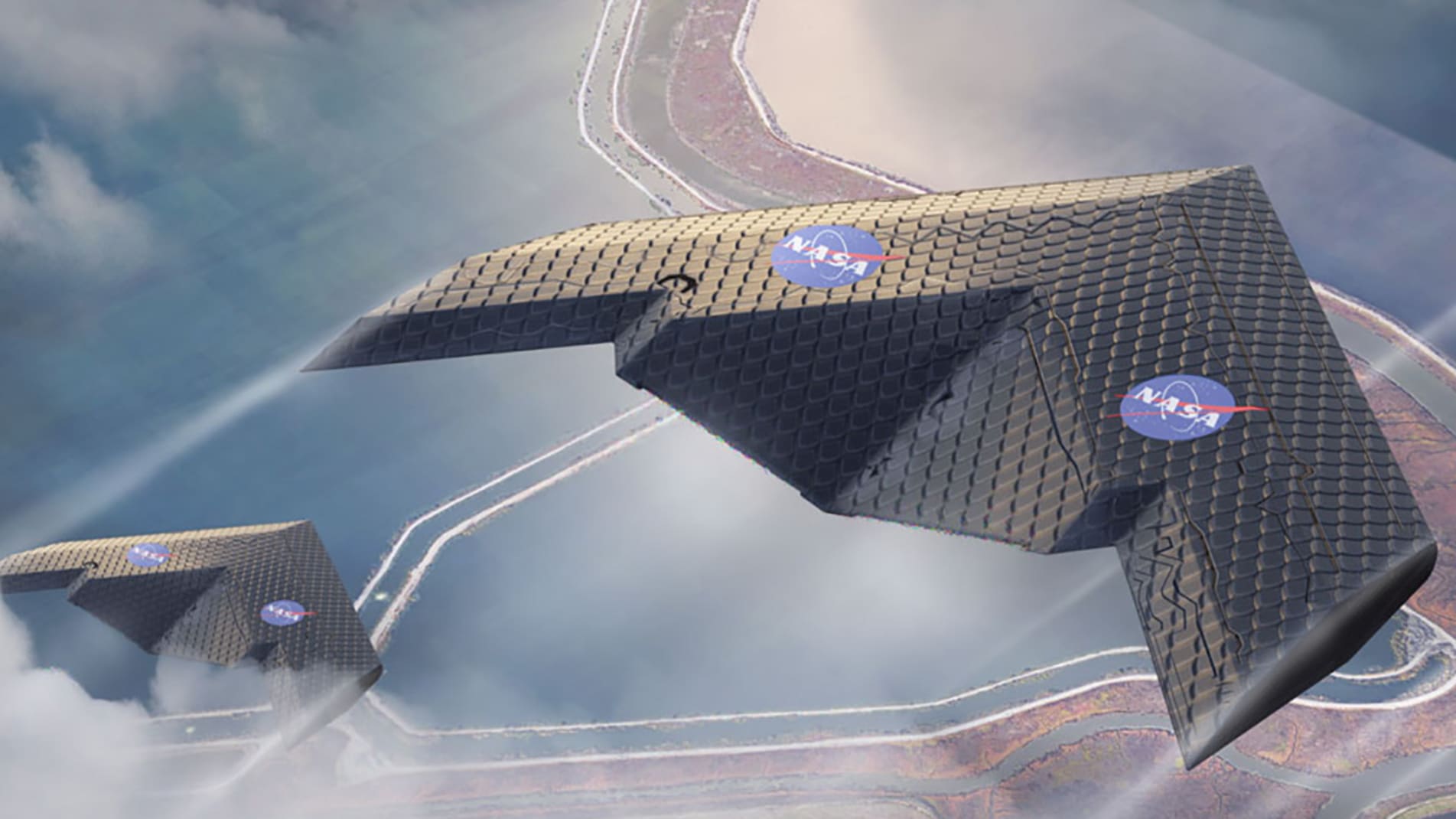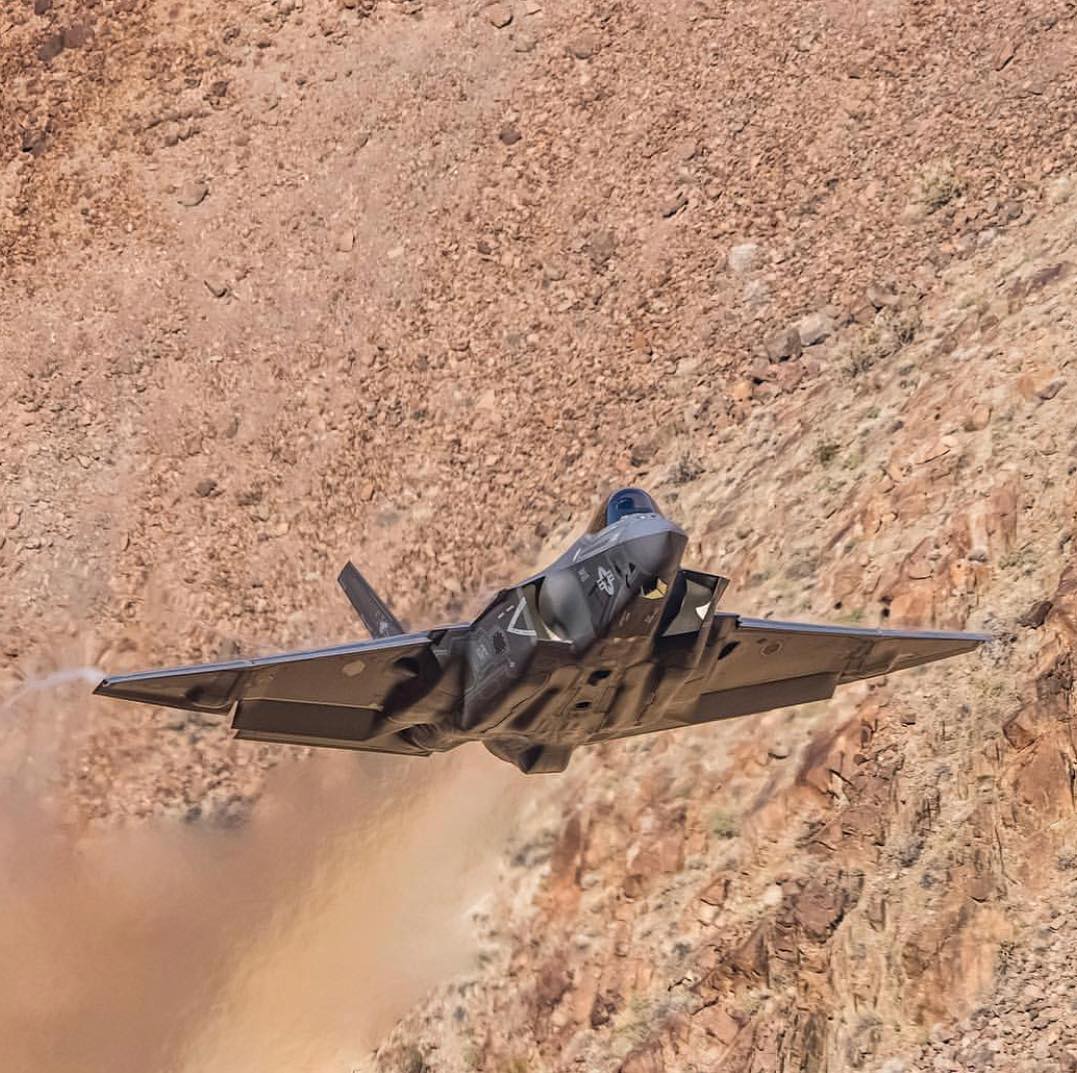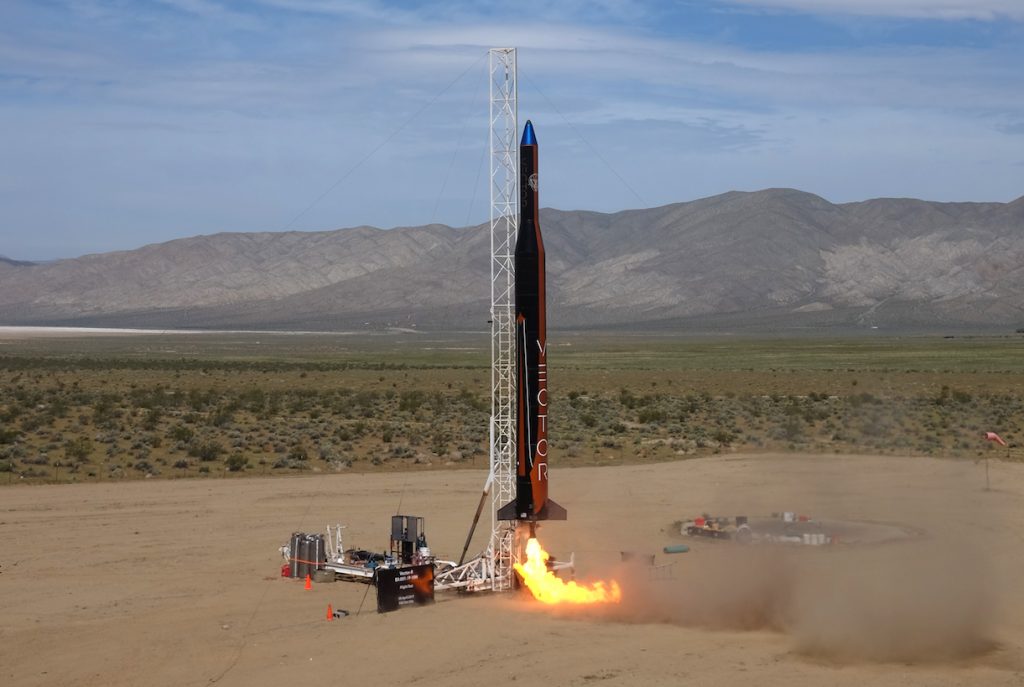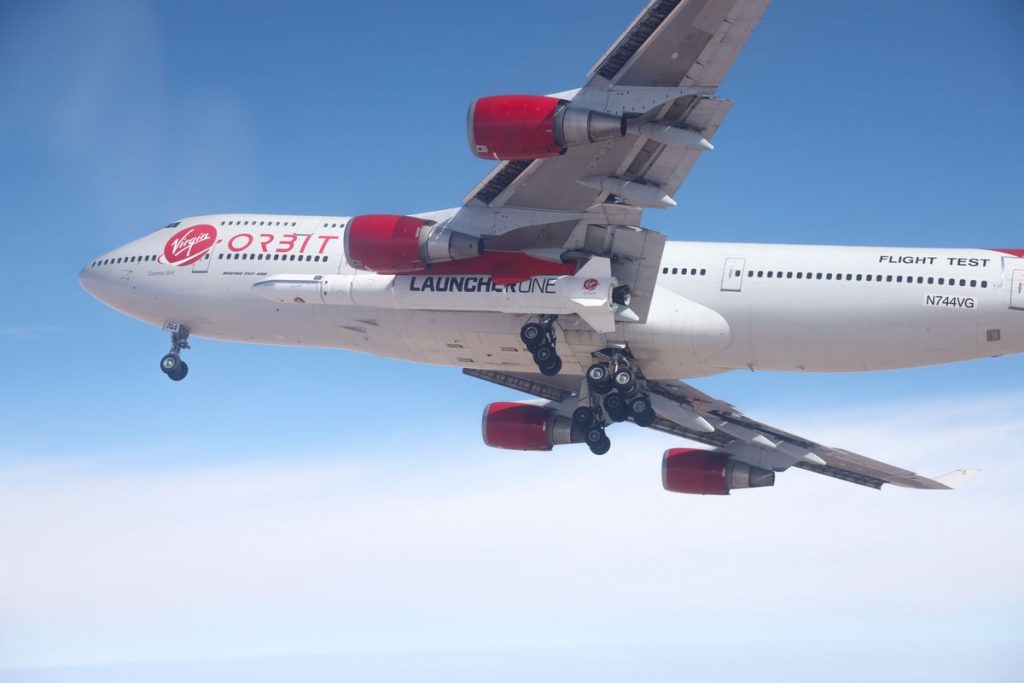
Plane wings are traditionally strong, thick and sturdy but a team of researchers led by NASA has created a flexible wing that morphs as it flies.
Measuring 14 feet or four meters wide, the new wing is constructed from thousands of units that fit together and function in a similar way to a bird's wing, says one of the report's authors, NASA research engineer, Nick Cramer.
"Something like a condor will lock its joints in while it's cruising, and then it (adjusts) its wing to a more optimal shape for its cruising, and then when it wants to do a more aggressive maneuver it'll unlock its shoulder. That's a similar response to what we're doing here," he said in a phone interview.
But it's not just the way the new wing functions that sets it apart, according to researchers who co-authored a paper published this week in the journal "Smart Materials and Structures."
 For testing purposes, this initial wing was hand-assembled, but future versions could be constructed by miniature robots. Credit: Kenny Cheung, NASA Ames Research Center
For testing purposes, this initial wing was hand-assembled, but future versions could be constructed by miniature robots. Credit: Kenny Cheung, NASA Ames Research Center
The team, including experts from NASA and the Massachusetts Institute of Technology, say their design could lead to significant efficiencies in the future manufacture and maintenance of planes.
Kenneth Cheung, a research scientist from the NASA Ames Research Center, gives the example of the Boeing 787 Dreamliner, which is constructed from body parts that are so large they require outsize molds and ovens to create them, before they're transported on even bigger planes to the point of assembly. The same applies to the Airbus A380.
"The cost scaling and the amount of infrastructure that the business needs to invest in order to implement these new designs is pretty extraordinary," Cheung said in a phone interview. "So what we're doing with these projects is trying to reduce all of that, so that you could have the same sort of performance in terms of the materials but be able to manufacture it without setting up all of the infrastructure that's currently required."
The new wings are created by injecting fiber reinforced polyetherimide into a 3-D mold to create each part, which lock together in a process that could eventually be carried out by a swarm of assembly robots.
"Where traditionally you have to have a factory that's bigger than the thing you're making, here the way the units come together allows you to predict exactly what shape something is going to be, just based on how many of which components you put together," Cheung said.
The ultralight modular structure can also be easily packed down to allow transport, which also makes it potentially the ideal package for another purpose -- to send into space.
"All those things go very well with being launched into orbit and being assembled into a very large space structure," said Cramer. "So that's a very attractive application that we're actively investigating -- the robotic assembly of these lattice-like structures in space."
While the concept of cheaper, more flexible planes could be appealing to the commercial aviation industry, there are major obstacles to overcome before they're seen anywhere near an airport.
A crucial issue is integrating the material into current systems, which would likely require a total upheaval of the traditional approach to designing planes. And that demands time, research and, of course, money.
"If you want to justify upheaving the traditional manufacturing process of the aerospace industry, you have to have a really good reason," Cramer said. "So your performance gain has to be significant enough to justify that. It's not about whether it's, feasible it's about whether it's financially marketable."

If the technology eventually makes its way onto commercial aircraft, it has the potential to not only change the manufacture but also the maintenance of planes, Cheung said.
"The more modular you can make a system in terms of the manufacturing, the more likely it is you can get to the point you can swap out parts so efficiently that you can keep the aircraft in service, even through to the point where you've replaced every component on the aircraft. This is something that has been done with boats," he said.
"The key thing for this project, we've shown that modularity is right now the best way to achieve the performance in these materials."
 Plane wings are traditionally strong, thick and sturdy but a team of researchers led by NASA has created a flexible wing that morphs as it flies.
Plane wings are traditionally strong, thick and sturdy but a team of researchers led by NASA has created a flexible wing that morphs as it flies.




